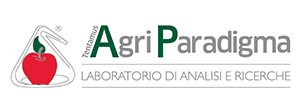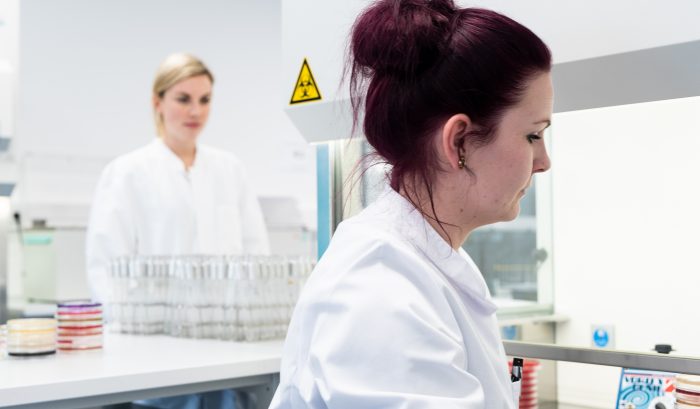Already at the end of the 19th century it became known that injections can cause severe fever in patients. Substances causing this kind of reactions are called pyrogens, which have been analyzed over the following decades very intensely. A first animal (rabbit) test was developed using the fact that rabbits do also develop a fever reaction when injected with pyrogens. This rabbit pyrogen test (RPT) is still the benchmark test for pyrogens (Ph. Eur. 2.6.8).
Years later, an alternative tests was developed using the blood of horseshoe crabs. This test is known as bacterial endotoxin test (BET) or Limulus Amebocyte Lysate (LAL) test (Ph. Eur. 2.6.14 ; Ph. Eur. 5.1.10). This LAL test is currently the standard for release testing of parenteral products. Besides its advantages like high sensitivity and easy and fast performance it has the big disadvantage of being only able to detect a certain group of pyrogens – endotoxins.
Both tests have the inherited disadvantage that live animals are needed, either for the test itself or for the access to the active substance.
At the end of the last century a new test – the monocyte activation (MAT) test – was developed. This new method uses human monocytes which produce cytokines/interleukins (e.g. IL-1, IL-6, TNF-α) when exposed to external pyrogens. The cytokines are measured using an immunological assay (ELISA). The MAT is included in the pharmacopeia (Ph. Eur. 2.6.30) since 2010 and since the revision in 2016 recommendations have been given to replace the rabbit test with the MAT, wherever possible and after product specific validation (Ph. Eur. 2.6.8).
The advantages of the MAT are very clear:
- Use of human cells – mimicking human reactions on pyrogens
- Detection of all kinds of pyrogens which enables tests on a much broader product base
- Advanced capabilities for new production processes using microbial or human cells showing different pyrogen patterns compared to classical pharmaceutical manufacturing
- Avoidance of animal tests (in-vivo)
- Lower detection limit compared with the RPT
On the other hand, the MAT is not as sensitive as the LAL test and it needs more time to get the results. All available test do have restrictions for use on certain products like blood, cytotoxic substances or solid materials for Medical Devices. The MAT offers by far the broadest variety of products on which it can be used.
In addition to the MAT, an alternative test for the LAL has also been developed – the recombinant factor C test (rFC). This test uses a genetically engineered protein which is activated by endotoxins to produce a fluorescent end product which is quantifiable. However, the main disadvantage of the LAL test remains as the rFC is also only able to detect endotoxins but no other pyrogens.
In summary, we are now having alternative tests for the long standing standard tests RPT and LAL, which are not using animals. This is a big step forward in the avoidance of animal testing and on top the new tests offer at least the same sensitivity and a greater convenience for the user.
Micromol – a Tentamus company – has established the MAT and the rFC test and is able to support you in your endeavors with your drug product. Do not hesitate to contact us and learn more about the capabilities of the MAT and rFC as well as other analytical methods that can be offered by Micromol or one of the other Tentamus Pharma Labs.
Contact our experts for further information:
Dr. Gerald Hofer
Director Sales / Business Development at Tentamus Group GmbH
gerald.hofer@tentamus.com
Dr. Dominik Herzog
Managing Director MicroMol
dominik.herzog@micromol.com
Source: https://www.tentamus-web.com/avoid-animal-testing-mat-and-rfc-as-persuasive-alternatives/

